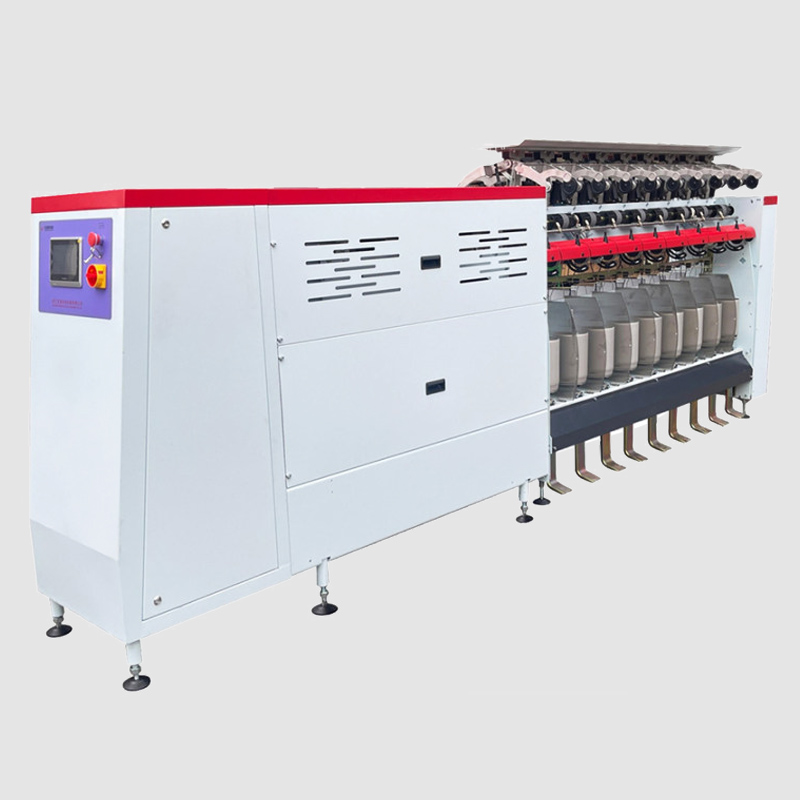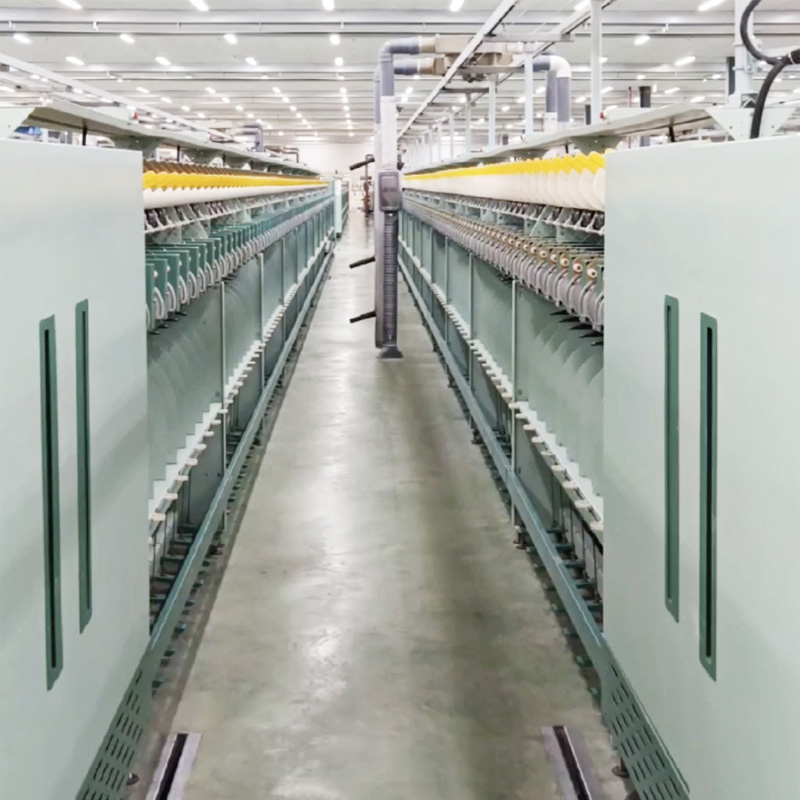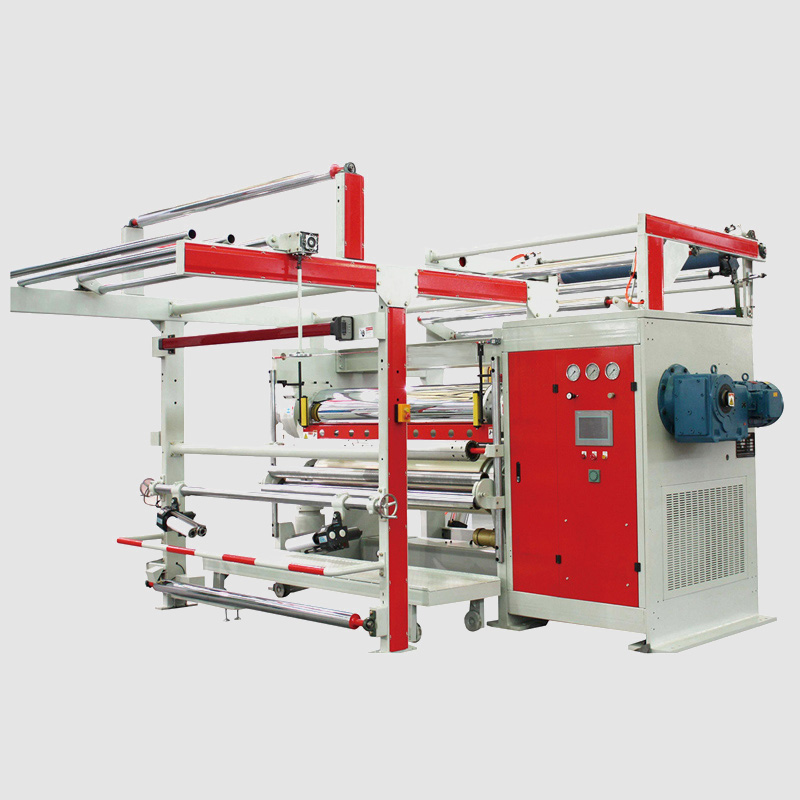On January 8, 2024, our sales department organized five employees to go to the sueding machine factory for study and technical training. This training not only brings us valuable technical knowledge, but also promotes in-depth exchanges with production departments, and we discussed market trends and industry development trends. The main product of this study is the sueding machine and its related technology, and the working principle and application of the air softener has also become the focus of our attention.
Our company has always attached great importance to the training of sales personnel and professional improvement, and developed a systematic training plan, covering technology, market, customer service and other aspects, to ensure that the sales team is always at the forefront of the industry. This technical training embodies this point. We know that the sales team is not only the forefront of the company’s business, but also the bridge between the company’s products and customer needs. Through this kind of technical training, it not only enhances the sales staff’s understanding and technical mastery of the products, but also improves their ability to solve customer problems and provide professional advice.
Key Points and Classification of Sueding Machines
Sueding machines are critical equipment in the textile industry, and understanding their technical principles and classifications is a major focus of this training. Sueding machines can be categorized based on the arrangement of the rollers:
- Vertical Sueding Machine: Rollers are arranged vertically, making the structure compact and suitable for production environments with limited space.
- Horizontal Sueding Machine: Rollers are arranged horizontally, which enhances equipment stability and is ideal for large-scale continuous production.
- Planetary Sueding Machine: Rollers are arranged in a circular form, allowing for more uniform treatment of fabrics and improving product quality.
The materials used for sueding rollers are diverse, including sandpaper, carbon fiber, ceramic fiber, emery, and composite materials. Different materials are suitable for various types of fabric treatment, each offering unique advantages and applications. The grains (grit number) of the abrasives is also an important parameter, ranging from coarse to fine as follows: 80#, 100#, 120#, 180#, 240#, 320#, 400#, 600#. Coarse grains (with smaller grit number) result in longer fabric fuzz, while fine grains (with bigger grit number) result in shorter, denser fuzz. These details determine the final feel and appearance of the fabric.
Working Principle of Air Softening Machines
During the training, we also explored the working principles of air softening machines. These machines use high-temperature, high-pressure airflow to soften fabrics. The process includes:
Fabric Tunnel: fabrics are sent into a tunnel controlled by a blower, where they are vigorously agitated by the airflow, allowing the fibers to stretch fully.
Airflow Ejection and Expansion: fabrics are ejected by the airflow and expand as they undergo pressure release.
Circulation and Softening: Expanded fabrics are tossed onto a stainless steel plate, then gently slide to the front of the machine via a Teflon board, completing the softening process in a cycle.
This softening method not only achieves a soft feel without tension but also maintains the natural characteristics of the fibers. Treated fabrics offer several advantages:
- Mechanical Treatment: No need for chemicals, making it environmentally friendly.
- Soft Hand Feel: Fabrics have an excellent soft feel.
- Durable Softness: The soft effect is long-lasting, suitable for extended use.
On-site Investigation and Exchange
After the training, we went to the nearby textile factory to watch the working status of the air softener on the spot. Through the observation of practical operation, we have further deepened our understanding of its working principle and practical application. The factory technicians explained in detail the operation flow, maintenance methods and solutions to common problems of the equipment, which enabled us to have a comprehensive understanding of this equipment.
Market Trend and Future Prospect
In the process of training and exchange, we also had an in-depth discussion with the production department on market trends and industry development trends. At present, the textile industry is developing in the direction of intelligence and green environmental protection. As important textile processing equipment, sueding machine and air softening machine will have a broad space for development in the future. We have learned that with the increase in consumer demand for high-quality textiles, the market demand for these equipment is also increasing.
Through this study and technical training, the sales staff not only mastered the advanced technology of sueding machine and air softening machine, but also improved their sensitivity to the market trend. These gains will help them to provide more professional services in sales work to meet the diversified needs of customers.




